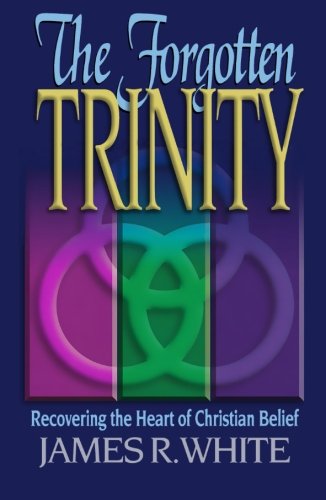A Brief “Bonus” Summary of Selected Chapters
By Benjamin Montoya
Chapter 2 What Is the Trinity ?
Chapter 11 Three Persons
Chapter 12 A Closer Look
Chapter 2: What Is the Trinity?
Although the word “Trinity” is one that many people have heard, it is word that is not always easy to define. But, defining it is essential to Christianity given the centrality of this doctrine. This word, however, remains difficult to define for at least two reasons. First, language itself breaks down. When finite minds try to express the infinite, there are inherent difficulties. We would encounter similar difficulties if we demanded cats to speak English. It is beyond their capacity as creatures. Second, humans tend to explain things by way of examples; however, when trying to explain the doctrine of the Trinity with examples, theological errors, even to the point of heresy, arise. Third, God is unique. Trying to describe something unique fully with finite categories is a recipe for disaster. Words carry “baggage” that is attached to the way they are commonly used. That “baggage” typically does not fit the doctrine of the Trinity well.
Nevertheless, a working definition of “Trinity” is important to have: within the one Being that is God, there exists eternally three coequal and coeternal persons, namely, the Father, the Son, and the Holy Spirit. (There will be an expanded definition provided in chapter 12). This definition contains carefully chosen words that require further explanation; there is as much that is being said as there is not being said. First, there is one God; Christians do not believe in three Gods. They are monotheists, not tri-theists. Second, there are three persons. There are not three Beings that are one Being, or three persons that are one person. There are three persons and one Being. Third, the relationship between the three persons is eternal. That is, there has never been a time when the Son or the Holy Spirit has not existed. The Son has eternally been the Son. Similarly, the Holy Spirit is not 1/3 of God. It is important to keep the three parts of this doctrine together; in fact, every error and heresy related to this doctrine stems from a denial of one or more of these truths. The rest of this book, however, will focus on demonstrating how each part of this doctrine is biblical.
Chapter 11: Three Persons
As stated earlier in the book, the doctrine of the Trinity refers to three persons. Denying this part of the doctrine has resulted in heresies like modalism, Sabellianism, and Patripassionism. A more recent version of this same error is the Oneness or the “Jesus Only” position. But, rather than focus primarily on these aberrations, it is better to turn our attention to what the Bible teaches. First, the three persons are three. . .
[To continue reading this summary, please see below....]The remainder of this article is premium content. Become a member to continue reading.
Already have an account? Sign In
